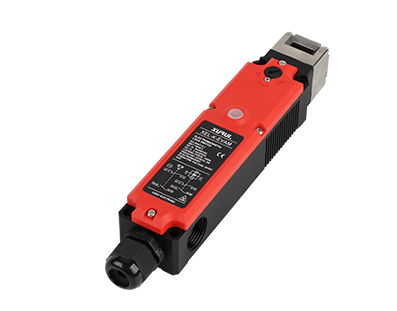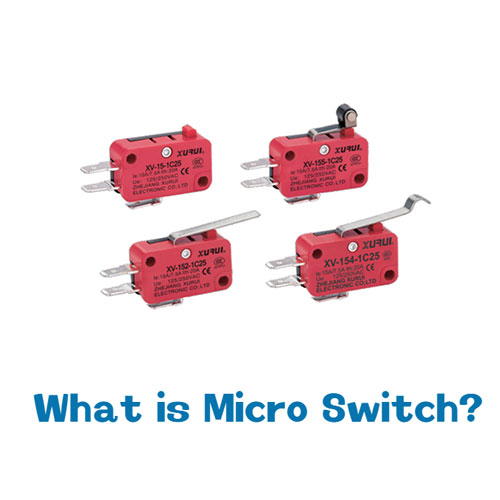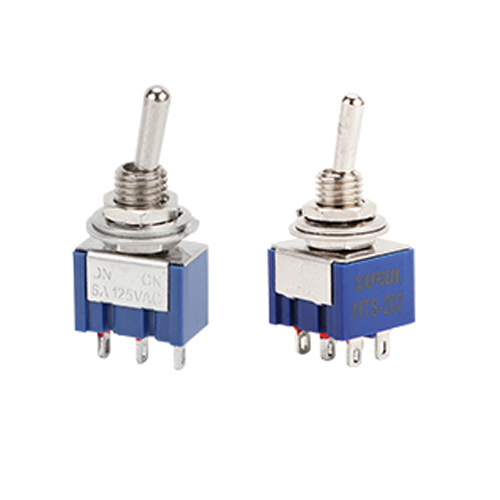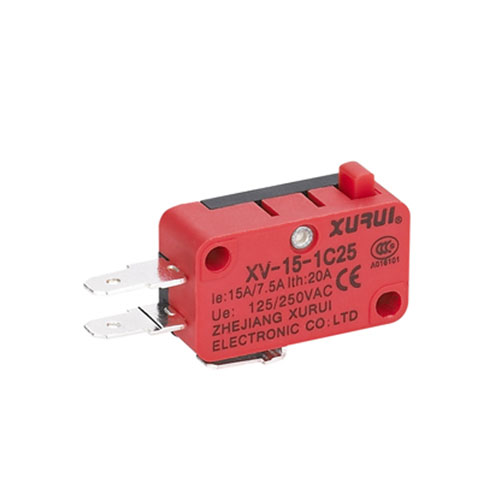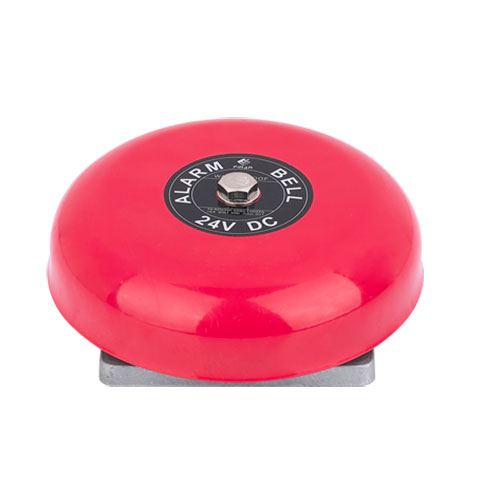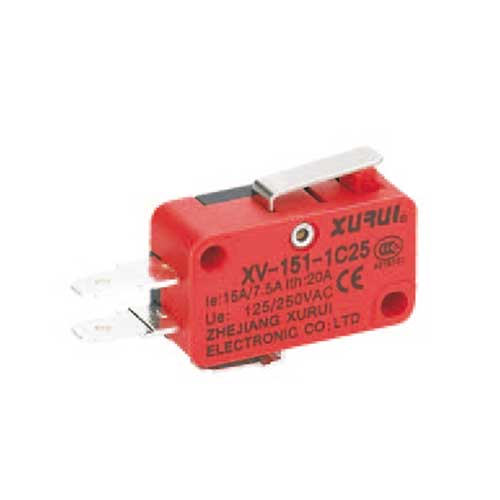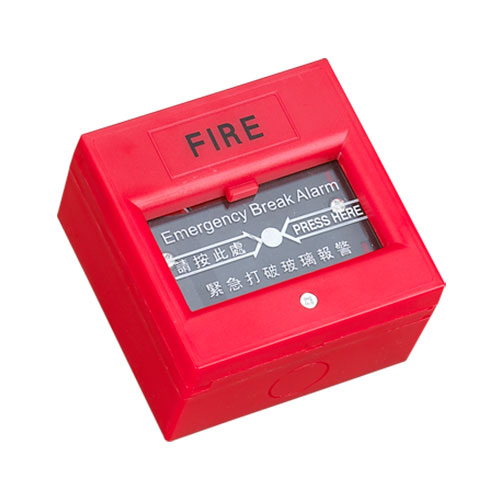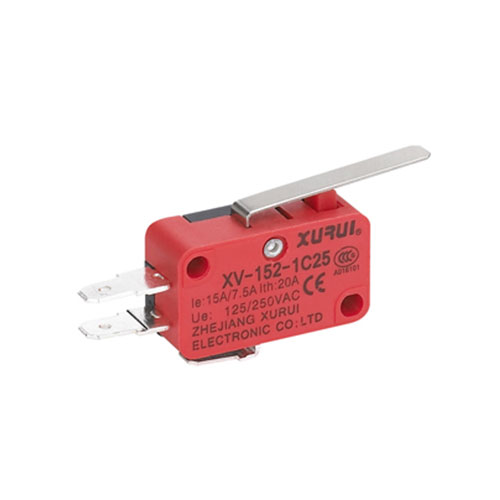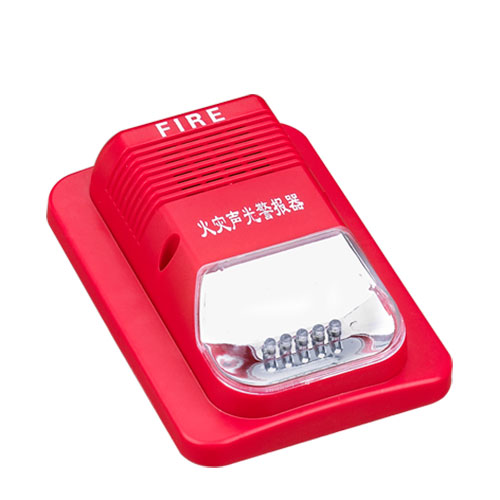A foot switch, as the name implies, is a type of switch operated by the foot instead of the hands. It serves as a crucial interface in various settings, allowing users to control devices or machinery without using their hands. This article will delve into what a foot switch is, how it works, its benefits, applications across industries, and answer some frequently asked questions.
1. What is a Foot Switch?
A foot switch is a mechanical or electronic device designed to be activated by foot pressure. It typically consists of a pedal or lever that, when pressed, triggers an electrical or mechanical response. Unlike hand-operated switches, foot switches free up the user's hands, making them particularly useful in situations where both hands are needed for other tasks or where hand operation would be inefficient or unsafe. Foot switches come in various types, including momentary (which only activates while pressed) and latching (which stay on until pressed again). They can be wired or wireless, and some models have additional features like multiple pedals for different functions or protective covers for harsh environments.
2. How Does a Foot Switch Work?
The fundamental principle is straightforward electrical switching:
Internal Mechanism: Inside the switch housing are electrical contacts. The most common types are:
Momentary Action: Pressing the pedal closes the circuit (allowing electricity to flow). Releasing it opens the circuit (stopping the flow). Like a doorbell button.
Maintained (Latching) Action: Pressing the pedal once closes the circuit and locks it closed. Pressing it again opens and locks it open. Like a standard light switch.
Rocker Action: Tilting the pedal in one direction closes one circuit, tilting it the other way closes a different circuit (or opens the first).
Actuation: When you step on the pedal, you physically move these contacts together (close) or apart (open).
Circuit Connection: The foot switch is wired in series with the device it controls (e.g., a drill press, sewing machine, amplifier) and the power source.
Control Signal: Closing the contacts completes the circuit, sending power (or a low-voltage control signal) to the device, turning it on or triggering a specific function. Opening the contacts breaks the circuit, stopping the device or function.
Spring Return: Most foot switches (especially momentary ones) use a spring to automatically return the pedal to its "off" position when pressure is removed.
3. Benefits of Using a Footswitch
Why choose a foot switch over a hand control? The advantages are compelling:
Hands-Free Operation: The primary benefit. Frees both hands for manipulating workpieces (woodworking, sewing), instruments (surgery, dentistry), musical instruments, or other controls.
Increased Safety: Keeps hands away from dangerous moving parts (saws, presses) or hazardous areas (medical lasers, industrial machinery) while maintaining control.
Improved Efficiency and Productivity: Allows for faster operation by eliminating the need to constantly move hands between the tool and a hand switch. Workflow becomes smoother.
Enhanced Ergonomics: Reduces strain and repetitive stress on hands and arms. Allows for more natural posture when operating machinery for extended periods.
Precision Control: In applications like industrial sewing, throttle control, or delicate medical procedures, fine foot control can be more stable and precise than hand control for specific functions.
Accessibility: Provides an essential control method for individuals with limited hand mobility or dexterity.
Customizable Control: Multiple-pedal units allow complex machinery or software to be controlled with simple foot actions.
4. Applications and Industries for Footswitches
Foot switches are ubiquitous across many fields:
Industrial Manufacturing & Workshops: Drill presses, lathes, milling machines, grinders, sanders, band saws, hydraulic presses, welding equipment (remote trigger), assembly lines.
Healthcare & Dentistry: Operating room lights, surgical equipment (cauterization, drills, lasers), patient beds, dental chairs, X-ray machines, suction units.
Music & Audio: Guitar/bass amplifiers (channel switching, effects loops), keyboard sustain pedals, effects units (turning effects on/off), recording studio controls (talkback, record).
Sewing & Textiles: Industrial sewing machines, sergers, embroidery machines (controlling start/stop and sometimes speed).
Beauty & Hairdressing: Salon chairs, hair dryer chairs, spa equipment.
Accessibility Technology: Controlling computers, communication devices, environmental controls (lights, TVs) for users with mobility impairments.
Gaming: Specialized controllers for flight simulators or multi-function commands.
Broadcasting & Studio Work: Controlling studio cameras, teleprompters, or audio mixing functions hands-free.
Conclusion
Far from being a relic, the foot switch is a vital tool that enhances safety, efficiency, and capability across countless industries and hobbies. By providing reliable, hands-free control at the tap of a toe, it empowers professionals and enthusiasts alike to work smarter, safer, and more effectively.
FAQ
Q: What's the difference between momentary and latching foot switches?
A: Momentary only works while pressed (like a doorbell). Latching switches stay on or off after being pressed until pressed again (like a light switch). Choose based on whether you need constant pressure or toggle control.
Q: Are foot switches waterproof?
A: Some are! Look for IP (Ingress Protection) ratings. Basic plastic switches offer minimal protection, while heavy-duty enclosed switches (IP65, IP67) resist dust and water jets/sprays, essential for medical or harsh industrial environments.
Q: What voltage/current rating do I need?
A: CRITICAL! The foot switch must match or exceed the electrical requirements (voltage and current) of the device it controls. Using an under-rated switch is a fire hazard. Check the device specs and the switch specs carefully.


